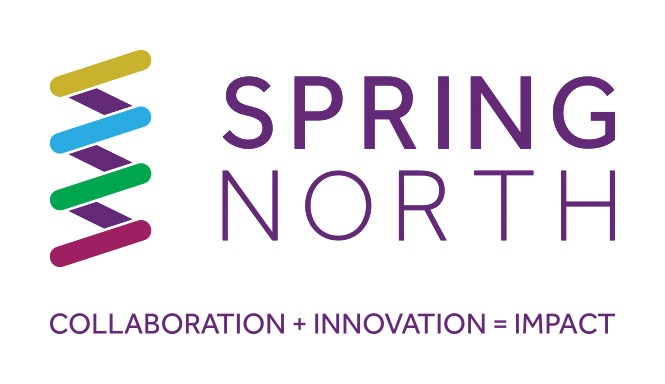
AI is changing the way we all work, supporting charities and organisations to be more efficient and innovative. However, it is also being exploited by fraudsters who pretend to be real people or organisations. Scammers can now generate fake emails and messages that appear to come directly from you or your charity, mimicking your tone of voice, branding, and even your usual writing and communication style.
These scams aim to deceive supporters, staff, and volunteers into sharing sensitive data, clicking on malicious links, or even making fraudulent payments. The damage can be severe, not only financially but also to your reputation and relationships with the communities you serve.
Recently, a charity narrowly avoided a serious financial loss when a scammer hacked into a partner organisation’s systems. Using genuine information they had stolen, the criminals created convincing emails and letters, complete with logos, official language, and forged signatures, requesting payment details to be changed.
Because the charity had robust checks in place, the fraud was uncovered just in time, and no funds were lost. This incident was a strong reminder of how sophisticated and realistic scams have become, and how essential it is to remain vigilant.
How You Can Protect Your Charity
As technology advances, so do the risks. By combining robust internal procedures with ongoing vigilance, charities can maximise the benefits of new digital tools while preventing fraudsters from causing harm.
Protecting your organisation isn’t just about preventing scams; it’s about safeguarding trust, making sure your team feels confident, and defending the communities that rely on your work every day.
If you need help or guidance, our team are available to help!